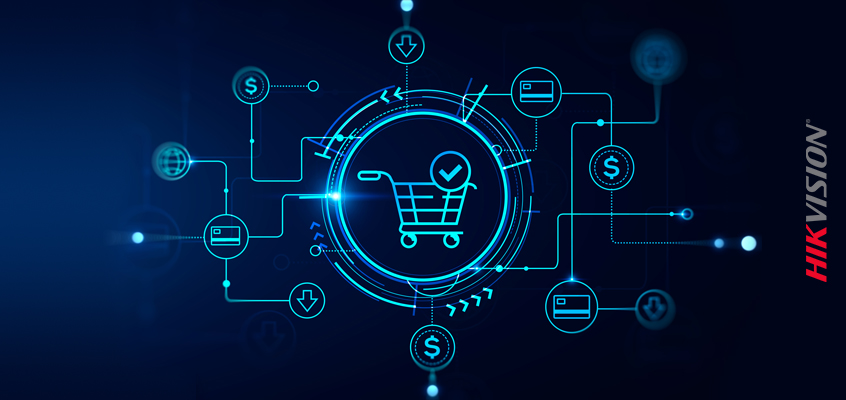Part 2: Secure Ways to Pay When Shopping Online: Insights from Hikvision’s Senior Cybersecurity Director to Reduce Security Concerns & Vulnerabilities

In yesterday’s HikWire blog, Hikvision Senior Director of Cybersecurity Chuck Davis provided insights to help you reduce security concerns and vulnerabilities when shopping online, including tips on passwords, multi-factor authentication, and more. Today Davis will outline several payment methods that will make your shopping experience more secure.
Payment Options to Stay Safe Online
First, don’t use a debit card. They are not protected in the same way that credit cards are. You would hate to have your debit card compromised and have your entire bank account emptied by an attacker. Instead of paying with a debit card, try one of the following options:
- Apple Pay or Google Pay are a secure alternative to using a debit or credit card. These services send a token to the retailer which verifies your payment so the retailer never has access to your credit card number. If the retailer becomes the victim of a data breach, your credit card won’t be compromised.
- Payment services: Similar to Apple Pay and Google Pay, services like PayPal or Amazon Pay protect your credit or debit card number from being transmitted or stored on the retailer’s systems.
- Virtual credit card: If you don’t have a credit card, consider linking your debit card or bank account to a virtual credit card service like privacy.com that will give you a new virtual credit card number for each vendor. Another nice feature of this service is that you can put spending limits on your virtual cards, so criminals won’t be able to steal more than your spending limit if they do get your card number.
- Credit card: If none of the above options work for you, the credit card is a reasonably safe means of online payment. Just make sure you keep an eye on your statement every month, looking for purchases that you didn’t make. If you do find unauthorized purchases, contact your financial institution immediately.
If you believe you are a victim of a scam, report the incident to your local police, and file online reports at the Federal Trade Commission’s Report Fraud page.
Learning to identify phishing email can reduce your vulnerability to security concerns. Read this Hikvision article to learn more: “Part One: An Overview of Phishing Hacks by Hikvision Senior Director of Cybersecurity.”
